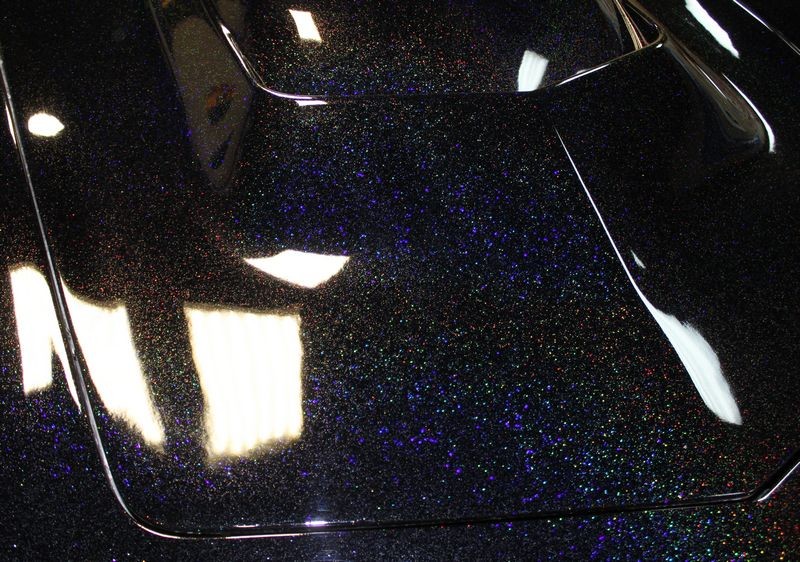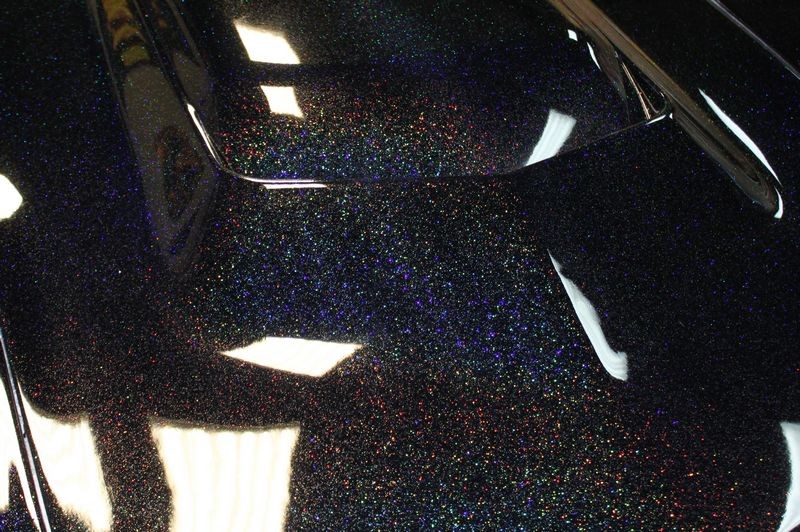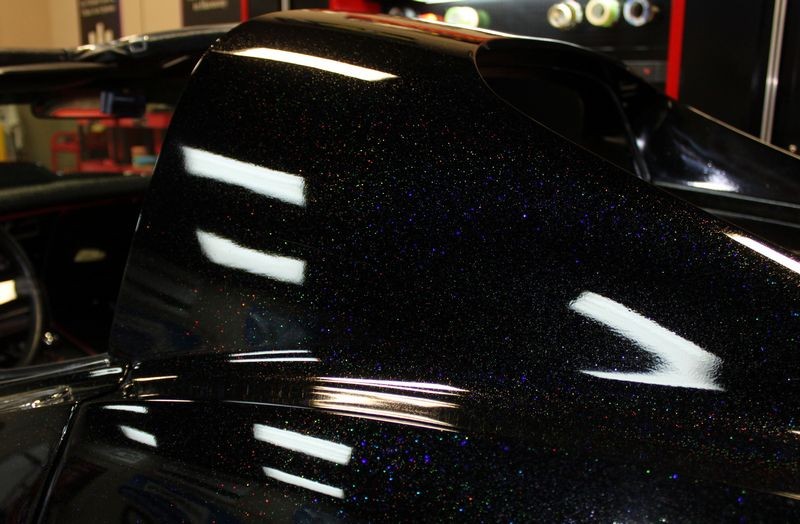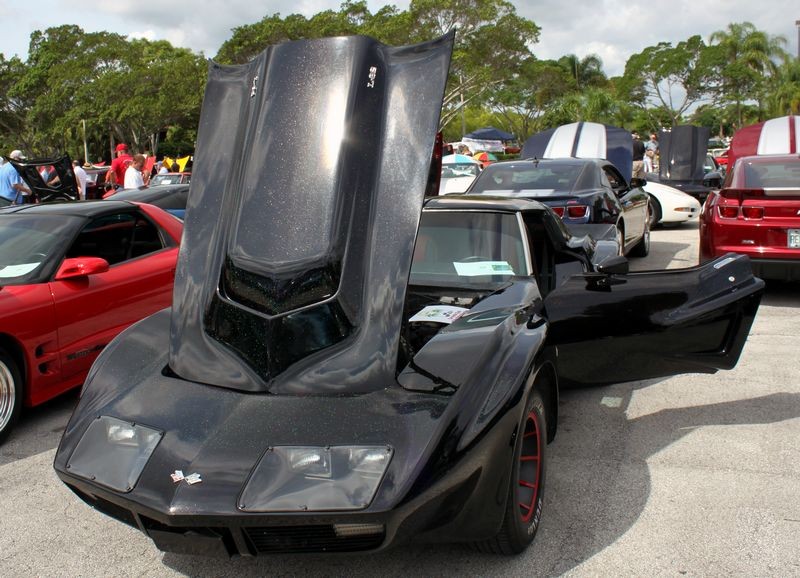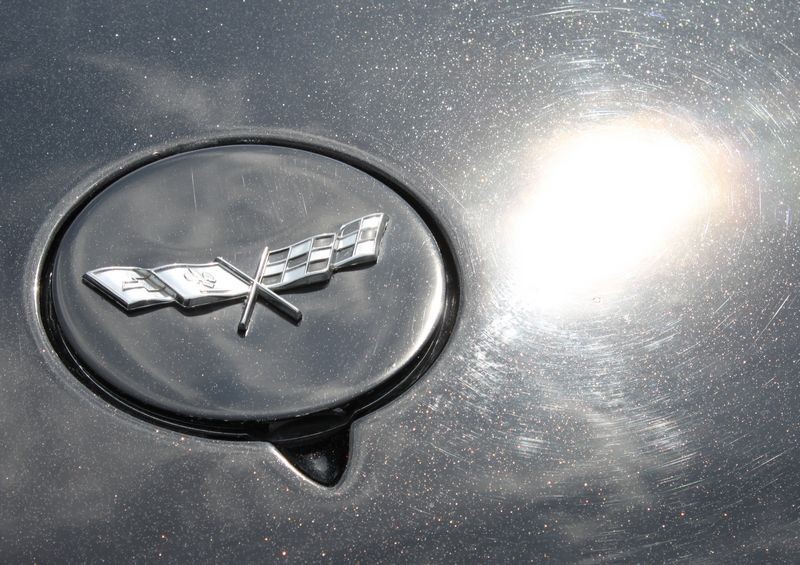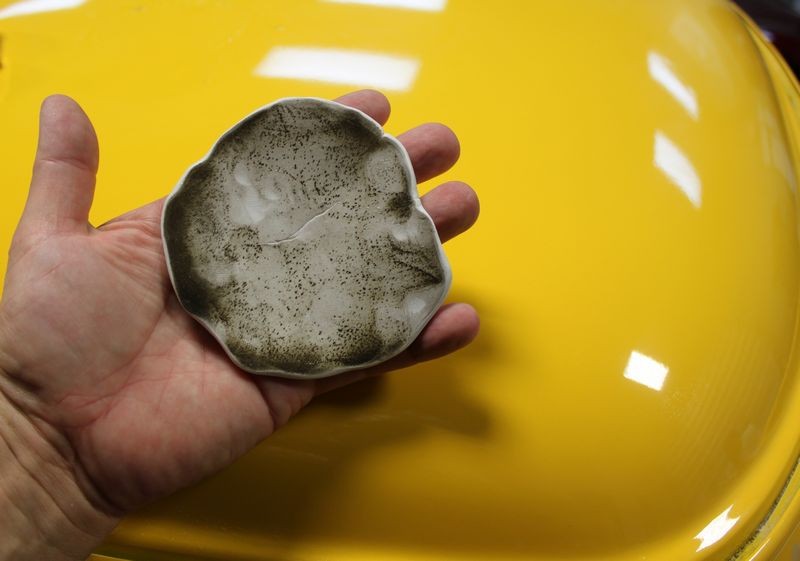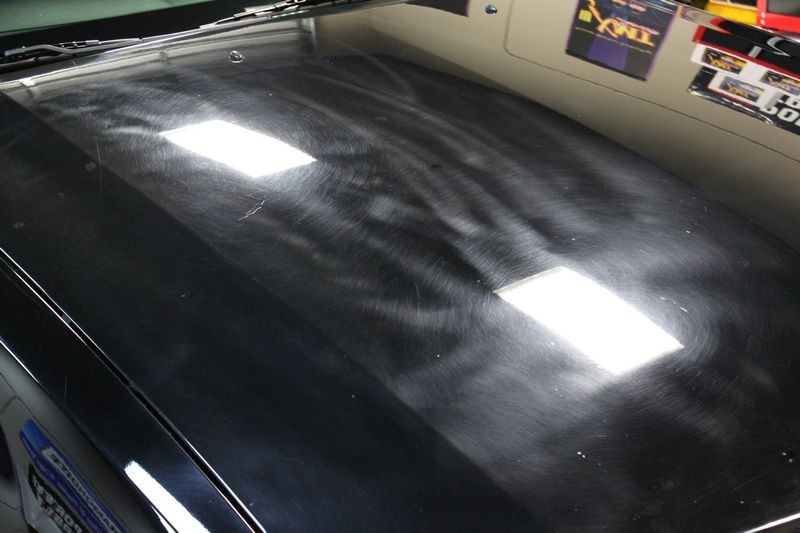Here's my personal take on it...
If you want the metallic flake to *PoP* then you want to get the clear layer of paint as clear as possible so your eyes can see past the clear layer of paint to the metallic flake embedded in the basecoat.
Any defect on the "surface" of the clear layer of paint will cloud your view of what's under it.
It's just like everyone always posts,
A flawless finish is 90% prep work
After you create a clear, smooth surface, then all you have to do is use a premium quality wax, paint sealant or coating to seal your hard work and take the results you've created to an even higher level.
I have a close friend that doesn't believe a wax or a paint sealant or a coating adds anything to the end-results if a person does a professional job of polishing the paint.
To some degree I agree with him except for this...
Most polishes are water-soluble, at least pro-grade products, no so much consumer grade, retail type products. So without a insoluble coating over your hard work the polishing oils are going to be removed and expose naked or bare paint.
By applying a wax, paint sealant or coating you do three things,
- Protect the paint with a sacrificial barrier coating - This barrier coating will sacrifice itself so you paint doesn't have to sacrifice itself.
- Create an UNIFORM appearance - Even everything out.
- Hold up when exposed to wet weather or car washing, heck even wiping with a spray detailer.
I've been reading posts all my online life about how one wax is better than another wax to really make the metallic flake in a car's paint *pOp* but I've never bought into that idea once.
The goal for any type of paint is to,
Make the surface of the paint as defect free as possible, in the case of a clear coat paint this will make it clear. In the case of a single stage paint this will maximize richness of color.
Make the paint as smooth as possible because this creates gloss.
Here's clear paint,
1977 Can Am Corvette - Modeled by Amy and Janna - Pictures and Video!
Note how the metallic flake POPS! after we applied Opti-Coat II
:laughing:
Note: You if you look at the below "BEFORE" pictures it's hard to see the multi-color metallic flake in the paint because all the surface defects cloud your ability to see past the clear to the flake below. The metallic flake certainly does NOT *pop*. :laughing:
BEFORE
Here's glossy paint,
1954 Ford F-100 - Modeled by Janna
Here's some pictures of how the clay looked after claying JUST ONE HALF OF THE ROOF AND THIS ROOF IS SMALL.
This truck was re-painted approximately one year ago but just from exposure to the outdoors has made the paint vulnerable to air-borne contaminants...
This shot was taken with my trusty, dusty Canon Rebel with the flash on after claying the roof...
Without the flash on here's what the clay looks like and this is what it looked like in person... The roof and the other horizontal panels pretty much felt like sandpaper before we started.
Ewww....
Besides restoring gloss, by removing the film of contaminants off the paint you'll make machine polishing easier, safer and more effective and enable your choice of wax or paint sealant to better be able to bond to the paint.
The black stuff on the clay is some type of ABOVE SURFACE BONDED CONTAMINANTS and contaminants create SURFACE TEXTURE and surface texture means the surface is no longer smooth so it's can never be as glossy as its potential.
If you want the metal flake, or metallic flake under your car's clear coat finish to *pop* then your goal is to,
- Make the paint as defect free as possible
- Make the paint as smooth as possible
Then pick your poison for your LSP and go for it!

